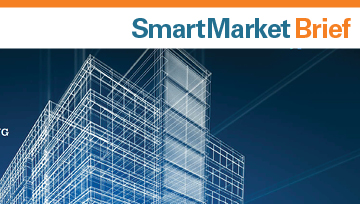A proven benefit of using BIM (building information modeling) is the ability to create more well-reasoned designs. This includes bringing early-stage sketch concepts into robust modeling tools, generating multiple design options through parametric capabilities and incorporating contextual details from technologies like reality capture and geographical information systems (GIS).
Equally critical is the ability to then analyze design options to determine the best solution, including analysis of building performance starting in the conceptual stage, comparing options not only to each other but also against industry benchmarks, and leveraging computational design algorithms to shed light on the impact of specific design choices.
Building information modeling provides a critical foundation to help designers, builders and owners gain a competitive advantage with the enhanced ability to access, share and use enormous amounts of information throughout the lifecycle of buildings and infrastructure.
Connecting Design Insight refers to the part of the BIM process that enables users to capture, create, and compute data and evaluate alternatives in a real-world context. The ability to access analytical insight early in the design phase supports “best possible” instead of “best practical” project outcomes. Users can also learn from operational data gathered across the building lifecycle to support the continuous improvement of decision-making.
This study benchmarks the industry’s use of this functionality and the benefits it offers.
- It looks at the awareness, use and benefits associated with generating and analyzing design options in BIM according to U.S. architects and engineers.
- It also shows the value they place on BIM for improving design insight and provides insights from the practices of industry leaders.
The research presented in this report, which was produced with the support of Autodesk, is based on two surveys of US architects and engineers to benchmark current awareness, usage and benefits related to a number of these types of BIM insight capabilities.

